We have established throughout this blog series that change is inevitable in any organization. Whether it’s implementing new technology, restructuring processes, or adapting to market trends, change is a constant force that requires effective management to ensure and sustain success. In our final blog, we’ll explore practical insights and summarize the key tools Just in Time uses in their change management methodology, drawing from real-life applications and lessons learned from the field.
Practical Tools for Change Management
Change management involves a structured approach to transitioning individuals, teams, and organizations from their current state to a desired future state. Throughout this series we have discussed various tools that Just in Time uses to prepare for, manage, and sustain change.
Some of the key tools for every change initiative include:
- Change Impact Assessment: This tool helps organizations evaluate the potential impact of the proposed change on various aspects of the business, including processes, people, technology, and culture. It enables stakeholders to anticipate potential challenges and develop strategies to mitigate risks.
- Stakeholder Analysis and Mapping: Stakeholder analysis identifies key stakeholders who will be affected by the change and assesses their level of influence, interests, and attitudes toward the change. Stakeholder mapping visually represents these relationships and helps organizations tailor communication and engagement strategies to effectively manage stakeholders’ expectations and gain their support.
- Communication Plan: A communication plan outlines how information about the change will be communicated to stakeholders throughout the change process. It defines the key messages, communication channels, frequency of communication, and responsible parties. A well-executed communication plan fosters transparency, reduces uncertainty, and builds trust among stakeholders.
- Training and Development Plan: This tool identifies the training needs of employees impacted by the change and outlines a plan to develop the necessary skills and competencies to support successful adoption of the change. It may include training sessions, workshops, e-learning modules, job aids, and ongoing support mechanisms to ensure employees are equipped to perform their roles effectively in the new environment.
- Resistance Management Plan: Resistance to change is a common challenge in change initiatives. A resistance management plan identifies potential sources of resistance, anticipates objections, and outlines strategies to address and mitigate resistance effectively. It may involve engaging with resistant stakeholders, providing additional information or resources, addressing concerns, and involving them in the change process.
- Performance Metrics and Monitoring Tools: Establishing clear performance metrics and monitoring tools allows organizations to track progress, measure the effectiveness of the change initiative, and identify areas for improvement. Key performance indicators (KPIs) should be aligned with the objectives of the change initiative and may include metrics such as adoption rates, employee satisfaction, productivity, and financial impact.
- Feedback Mechanisms: Feedback mechanisms provide opportunities for stakeholders to share their thoughts, concerns, and suggestions related to the change initiative. This may include surveys, focus groups, town hall meetings, suggestion boxes, or one-on-one conversations with change leaders. Feedback helps organizations identify areas of success, uncover challenges, and make necessary adjustments to improve the change process.
Review the diagram for more information on which tools to employ throughout the stages of change management.

Real-life Applications
The realization of results and benefits from workplace changes stem from individual employees doing their jobs differently. Through applying JiT’s structured change management approach, we’ve observed a notable enhancement in return on investment and benefit realization due to elevated levels of adoption, usage, and proficiency.
Through our change management experiences, several key lessons have emerged:
- Think Holistically: Change management requires considering both internal and external factors, as well as the interests and perspectives of various stakeholders, to develop comprehensive strategies that address the broader context.
- Continue to Engage: Change is an ongoing process that requires continuous engagement with stakeholders to maintain momentum, address emerging challenges, and adapt strategies as needed. We involve stakeholders throughout the change process to gain their buy-in, address concerns, and leverage their support to drive successful implementation.
- Anticipate and Proactively Manage Resistance: Resistance to change is natural, but proactive measures such as clear communication, stakeholder involvement, and addressing concerns can help mitigate resistance and facilitate smoother implementation.
- Monitor and Adapt: Continuously monitor the external environment and stakeholder dynamics, and be prepared to adapt strategies accordingly to ensure alignment with evolving conditions and priorities.
Change is not always easy, but with the right approach and tools at hand, it can be managed successfully, leading to growth, innovation, and long-term success.
~Meghan Zuchlewski, Operations & Change Lead

